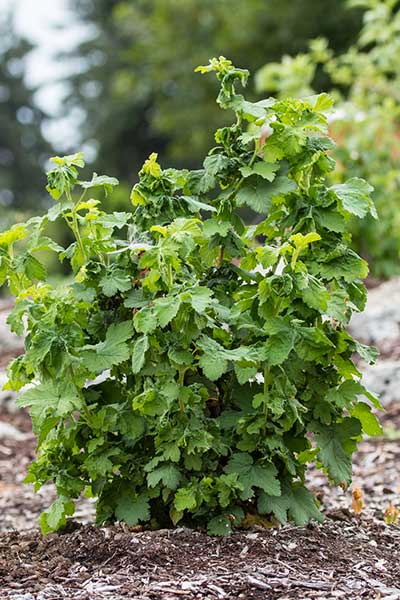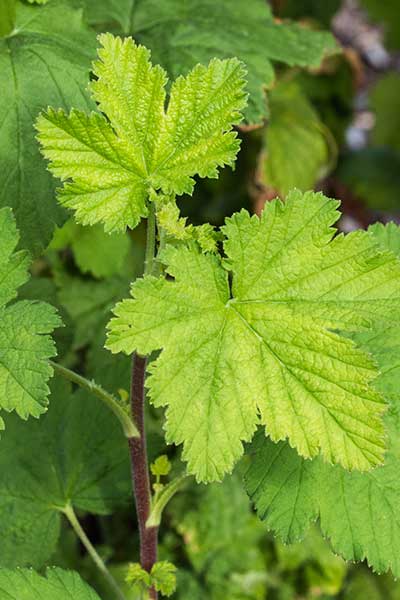Red Flowering Currant
- Scientific Name: Ribes sanguineum
- Garden: Beneficial Insects and Compost Garden, Natives Garden, Wildlife Garden
- Plant Type: Shrub
- Evergreen/Deciduous: Deciduous
- Sun/Shade Exposure: Full Sun
- Moisture Requirements: Moist, well-drained
Plant Information
Red-flowering Currant is the most common Ribes found in gardens and landscapes. The drooping clusters of light to deep pink flowers are one of the first things to bloom here in the Pacific Northwest, happily corresponding to the time when hummingbirds are in migration to their eventual summer breeding grounds. They will happily make a stop in your garden if you have this shrub. The leaves are small, lobed and finely textured, making it attractive shrub even when out of flower. The black berries it produces are best left to the birds, who will appreciate the taste more than you will. Adaptable to sun and partial shade, moist to somewhat dry conditions, this thornless currant grows up to 10'.
There are many cultivars of R. sanguineum available to gardeners: R. sanguineum 'White Icicle' is a white flowering form; at the other end of the spectrum are deep rosy red-flowering varieties, like 'Elk River Red' and 'King Edward VII.'
Native Range: Along the west coast, both sides of the Cascades, British Columbia through California.
Characteristics: Light to medium green, lobed leaves, low-spreading or tall-upright-or-arching shrub, small flowers of white to pink to red or yellow. Some have branches with spines, some without. Fruit (mostly edible to birds, not so much-so to people) is small, round, red to blue to black.
Culture: Depending on species, Ribes can grow in full sun to part shade, wet to fairly dry conditions, though most will prefer regular water.
Pests/diseases: Occasionally has problem with aphids or rust, though uncommon. Relatively carefree.
Data Source
https://www.pnwplants.wsu.eduPlant Photos









